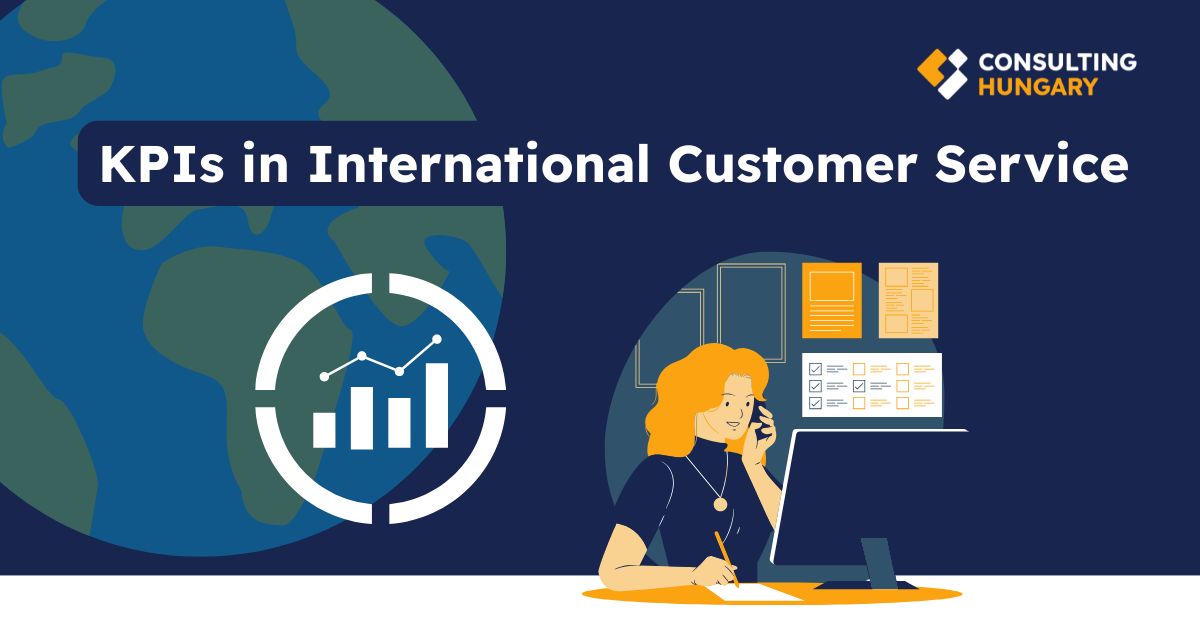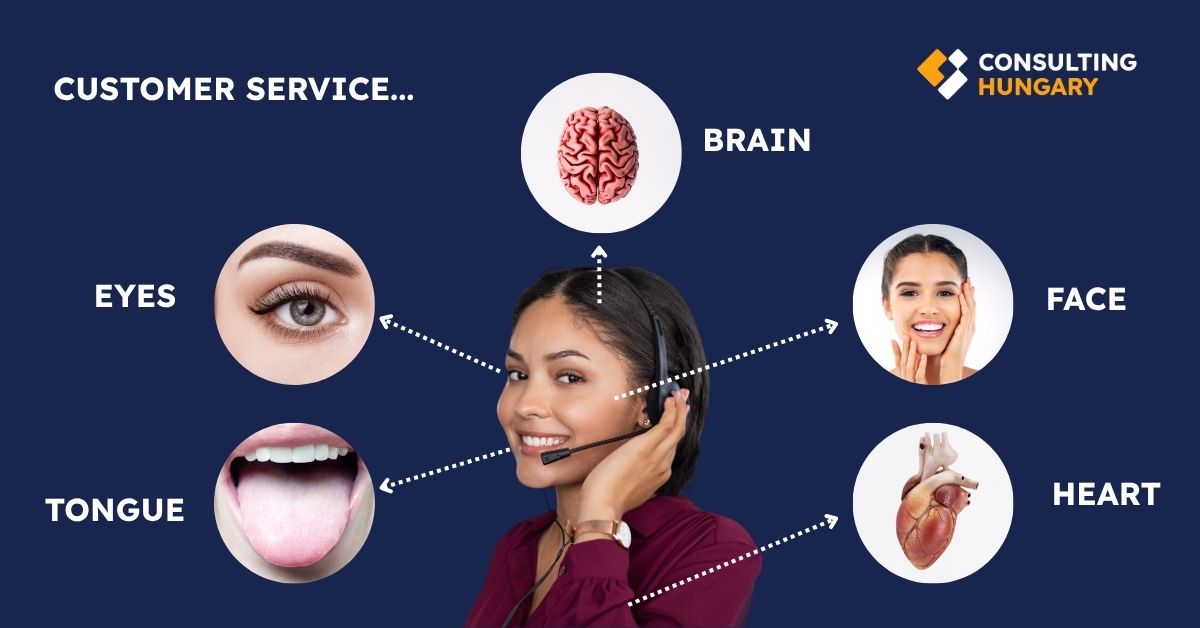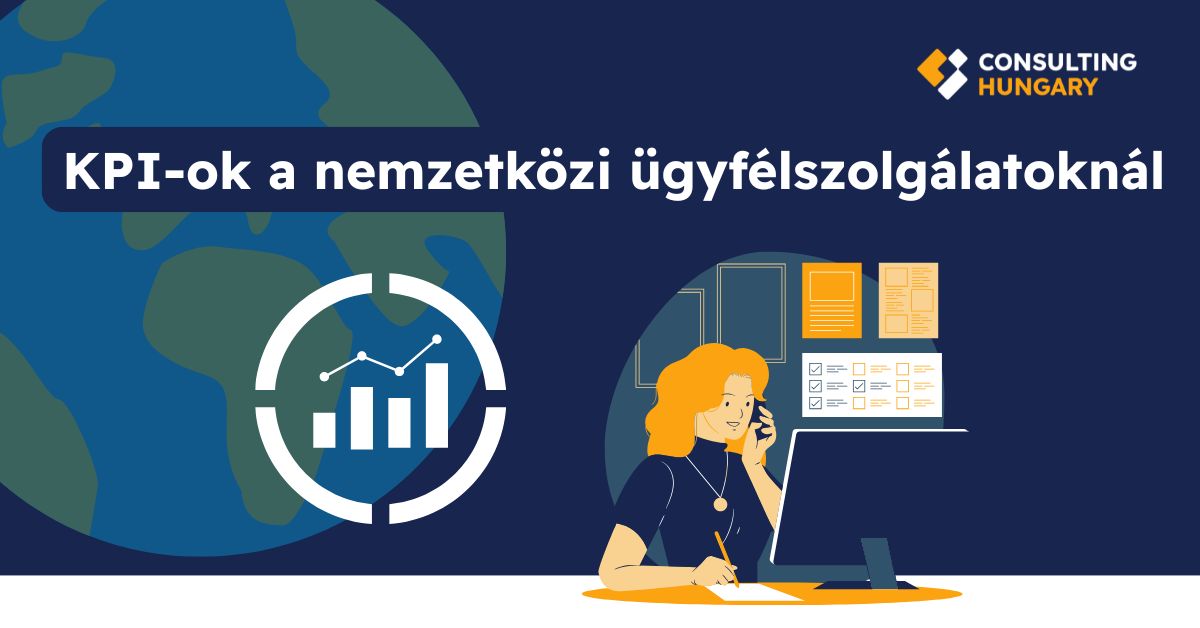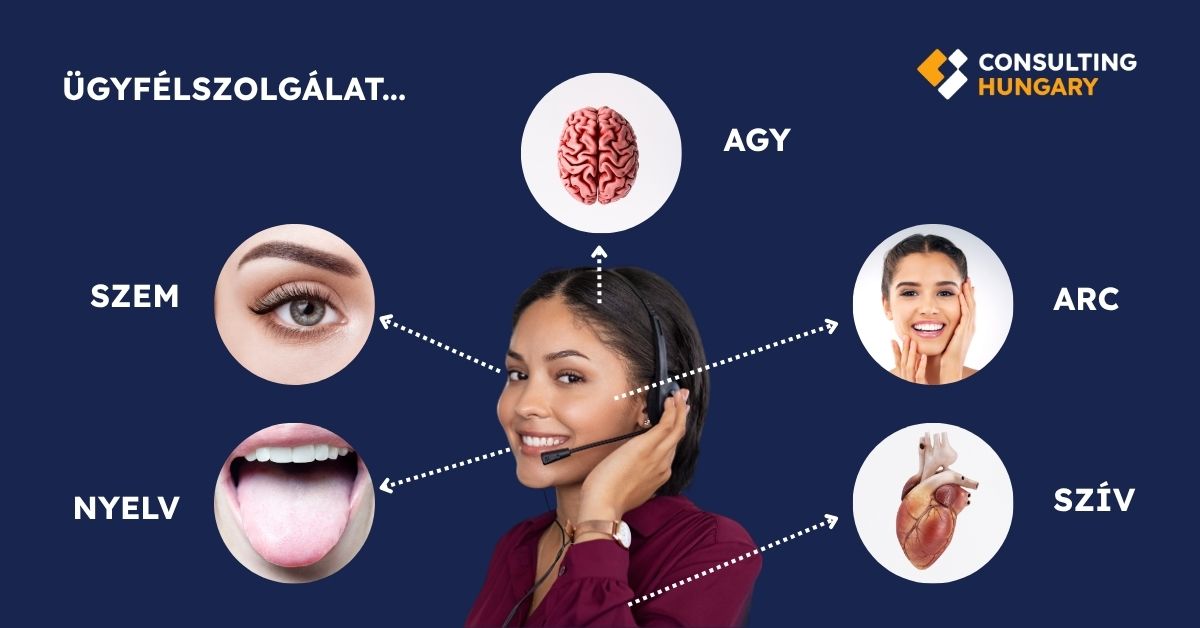
Introduction
When expanding an e-commerce business into international markets, most of the attention goes to the obvious things – translation, marketing, logistics, pricing strategies. These are the obvious pillars of global success. But there's one function that often gets quietly pushed to the side: customer service.
And yet, this is often the only real human interaction your brand will have with a customer. In a market where no one knows who you are, where brand and logo don't mean much, it's how you show up in that moment of need or confusion that can define everything.
Customer service might not be the most talked-about part of international expansion, but it's doing more work than you think.
In fact, if you look closer, customer service it's not just a department – it's the very face, tongue, heart, brain, and eyes of your business.

Customer service as a living body of your business
- Face – it's the first point of contact for new or international customers. Just as we judge people by their facial expressions and features, customers assess a brand by how it presents itself through service. Sometimes it can be friendly and welcoming or cold and disinterested.
- Tongue – Customer service must speak the language of the customer – literally and culturally. In foreign markets, this means not just translation, but localization which is understanding idioms, sensitivities, and etiquette of a given country. A skilled service rep acts as the brand's interpreter, bridging cultures and helping customers feel understood.
- Heart – The heart reflects empathy, care, and emotional connection. Good service shows that the brand genuinely cares about the customer. Especially in unfamiliar markets, where customers may feel unsure or hesitant, the heart of customer service can build trust, loyalty, and comfort.
- Brain – Much like the brain, one of the most vital organs, customer service plays a critical role, processes incoming information – feedback, complaints, preferences and turns it into solutions and insights for local markets. In this sense, service doesn't just fix problems – it feeds intelligence back into the business.
- Eyes – As the eyes of the business, customer service sees from the customer's view – identifying issues, unmet needs, and trends. In new markets, it acts as local eyes on the ground, spotting cultural gaps and opportunities.
Now that we have defined the importance of customer service, it's equally crucial to know how to analyze it and draw conclusions that matter. That's where KPIs (Key Performance Indicators) come in. These metrics help you track the effectiveness, efficiency, and overall quality of your customer service efforts. In short, they turn service performance into actionable data. In e-commerce, these KPIs often reflect more than just customer service quality – they can reveal underlying issues in other areas such as logistics, sales and localization. So while they're labeled customer service KPIs, their value extends well beyond the support team.
Relying on single KPI can be misleading. That's why at Consulting Hungary, we look at customer service from a wider perspective using four key principles to guide us:
- Multiple metrics – We track many different KPIs, but we never rely on just one – we look at the full picture.
- Triangulation – We always compare different sources of information to understand what's really going on. It helps us make better decisions.
- Tendencies – Markets and customers' needs change fast. We always stay flexible and adjust our support approach to keep up.
- Differentiation – Each country and client is different. We adapt our service style, language and approach to fit each market – so support always feels local and personal.
Now let's take a closer look at some of the most important customer service KPIs.
10+1 Valuable KPIs in Customer Service:
-
Service Level (Time-based Response Rate)
Formula: (Answered interactions in a given time frame / Incoming interactions × 100)
Meaning: The percentage of interactions answered within a set time.
Interpretation: Time-based Response Rate is often confused with SLA (Service Level Agreement), which more broadly refers to a predefined set of service standards, including various KPIs — with Service Level being just one of them. However, this confusion may not be accidental: Service Level is one of the most critical KPIs in customer service, as it reflects if your team can respond to customers promptly.
-
ART – Average Response Time
Formula: (Total wait time / Number of incoming calls)
Meaning: Measures how long it takes, on average, for the team to respond to customer inquiries.
Interpretation: A lower ART indicates faster responsiveness and a more efficient customer service experience. While Service Level shows how often your team meets a specific time threshold, Average Response Time offers a more detailed view of how quickly customers are actually being helped across the board.
-
AHT (Average Handle Time)
Formula: (Total wait time + talk time + after-call work) / Incoming calls
Meaning: Measures how long, on average, it takes to fully handle one customer interaction – including wait time, talk time, and follow-up.
Interpretation: Shorter AHT might indicate that your team is efficient, but too short might signal rushed service.
-
FCR (First Call Resolution)
Formula: (Issues resolved on first call / Incoming calls × 100)
Meaning: The percentage of customer issues resolved on the first contact.
Interpretation: Higher FCR means your team solves problems quickly and effectively – no need for follow-ups.
-
RCR (Repeat Contact Rate)
Formula: (Incoming calls – Unique calls) / Incoming calls × 100
Meaning: The percentage of total contacts that originate from customers who have contacted support multiple times, often due to unresolved or recurring issues.
Interpretation: A high rate suggests issues aren't being fully resolved the first time – lower is better.
-
CAR (Call Abandonment Rate)
Formula: (Unanswered calls / Incoming calls × 100)
Meaning: The percentage of customers who hang up before reaching an agent.
Interpretation: High CAR often means wait times are too long – and customers give up before getting help. It may also point to the problems with the IVR (Interactive Voice Response) which is an automated phone menu that provides information without a live agent. If it's too complex or not working properly – customers may become frustrated and abandon the call early.
-
CPI (Cost per Interaction)
Formula: Total operating cost / Number of interactions
Meaning: The average cost of handling one customer interaction (regardless of whether the issue is resolved or not).
Interpretation: CPI helps you understand the general cost-efficiency of your support team.
-
CPR (Cost per Resolution)
Formula: (Total operating cost / Number of resolved interactions)
Meaning: The average cost to solve one customer issue.
Interpretation: Lower cost means your support is more cost-efficient – but not at the expense of quality. Unlike Cost per Interaction (CPI), which includes all interactions (whether they solved the issue or not), CPR focuses only on resolved cases and gives a clearer view of how much it actually costs to deliver effective support.
-
CSAT (Customer Satisfaction Score)
Formula: (Positive ratings / Total ratings × 100)
Meaning: The percentage of customers who rated their experience as positive (typically 4 or 5 out of 5).
Interpretation: Higher CSAT means happier customers – a good sign your support is meeting expectations. CSAT is a situational metric, reflecting the satisfaction of a particular interaction or experience.
-
NPS (Net Promoter Score)
Formula: NPS = % of Promoters – % of Detractors
Meaning: Measures how likely customers are to recommend your business.
Interpretation: High NPS means strong loyalty; low NPS signals dissatisfaction or weak brand connection. Compared to CSAT it reflects a general view of the customer's relationship with your business.
Scale:
0-6: Detractors
7-8: Passives
9-10: Promoters
-
Average Number of Interactions per Order
Formula: (Number of interactions / Number of orders)
Meaning: How many times, on average, a customer contacts support for a single order. This includes both pre-sales questions and post-purchase inquiries. This metric helps e-commerce businesses track the overall traffic between customers and customer service teams.
Interpretation: Lower numbers often reflect a high rate of customer self-service or clear communication. Higher number = customers are struggling to find what they need on their own.
Now that we've covered some of the most critical KPIs and what they tell us, let's see them in action. Below are real-world cases we've worked on, where customer service metrics helped us diagnose problems, make decisions, and measure impact of improvements – all in the context of international e-commerce expansion.
Case study 1 – Navigating market entry through customer service insights
Our client, a new brand entering the Romanian market offered competitive prices and responsive customer service. Despite this, early signs showed that customers were hesitant to complete purchases or engage deeply.
CASE STUDY 1

Navigating market entry through customer service insights
Problem: Customer service metrics started off with generally good performance:
- high CSAT (87%)
- high FCR (83%)
- average call duration (ACD) – 4.21 minutes.
Since the brand was new to the Romanian market, it faced natural skepticism as people were unfamiliar with it. Many people were reaching out with pre-sale questions: asking for technical details or checking whether the business was legitimate. Building trust became a top priority to help the brand grow in a new market and make customers feel safe and confident in choosing it.
Time frame: March 2024 – May 2024
Solution: We implemented:
- Trust certificates – to increase customer trust in the brand's authenticity,
- FAQ section – which allowed customers to self-serve before reaching out to customer support,
- Review system on the website – to further strengthen customer trust.
Agents were told to redirect the customers there, so the ACD (average call duration) decreased with the other two maintained high.
PRO TIP:
Entering a new market? Build trust first.
Don't wait for customers to ask – provide reassurance from the start and reduce unnecessary pre-sales inquiries. Use visible trust signals like reviews and certificates as well as FAQs – to help customers find answers on their own.
Case study 2 – Improving customer experience by fixing internal communication
Our client entered Poland and we noticed that average response time (ART) is very good (very low, agents are picking up the calls), but the RCR (Repeat Contact Rate) is very high – customers are calling again, multiple times, and CSAT (Customer Satisfaction Score) is a bit low.
CASE STUDY 2

Improving customer experience by fixing internal communication
Problem: It turned out that the company didn't scale the organization and internal operations with their expansion project, so our agents weren't getting fast replies to their questions from other internal departments, so the resolution took a long time.
Time frame: September 2024 – December 2024
Solution:
We implemented the following measures:
- Clear escalation paths – We made it easier for agents to know who to contact internally when they needed help, and how to escalate issues efficiently
- Defined internal SLAs – Internally, we defined who was responsible for what and how fast they should respond (through SLAs – Service Level Agreements). This ensured that support agents got timely replies from other departments.
- Self-serve knowledge base – We built a knowledge base with ready-to-use answers for common scenarios, so agents didn't need to wait for permission and could resolve some customer issues right away.
PRO TIP:
How to fix repeat calls and low satisfaction? Look inside first.
Fix internal communication in your e-shop. Make it clear who answers what. Build a simple knowledge base with ready answers so agents don't always need to ask. This will help them solve problems faster and customers won't have to call again.
Case study 3 – Customer service feedback helped turn around NPS
Our client was active in the Slovakian market with solid operational performance and a well-functioning customer service team. Despite this, Net Promoter Score (NPS) remained consistently low.
CASE STUDY 3

Customer service feedback helped turn around NPS
Problem: It turns out that the customers were asking questions about the prices, quantity discounts, mentioned the local competition, etc. (price sensitivity is high in Slovakia), and cancelled orders because the prices and costs are not clearly stated on the website.
Time frame: December 2023 – March 2024
Solution:
We advised our client to take this actions to meet these expectations better:
- add transparent pricing on the website
- launch quantity discounts and other discount campaigns
- implement new labels and banners on the website (for the discounts)
- train agents to address the competition-related questions.
What happened next?
- NPS jumped from 4 to 47 – a major improvement in customer loyalty and brand perception.
- CSAT and FCR were maintained high, showing that service quality stayed strong.
- AHT remained stable, showing that agents continued working efficiently.
PRO TIP:
Your agents talk to real customers every day – don't ignore what your team is hearing. Use customer feedback from support to catch problems early and make simple changes that will boost satisfaction and keep customers from walking away.
Case study 4 – From Volume to Value: Improving Support Quality
Our client worked with another agency to support their Croatian operations. On the surface, the cooperation seemed efficient — call volume was high, and the agency appeared active. However, the client had a growing sense that something wasn't quite right…
CASE STUDY 4

From Volume to Value: Improving Support Quality
Problem:
RCR was high (42%) and FCR was low (61%) – customers had to call multiple times to resolve the same issue. While CPI was low, so was quality: calls were short but ineffective. Neither CSAT nor CPR was measured, leaving the client with no insight into satisfaction or resolution quality. Despite a high call volume, order conversion was low – the average number of interactions per order was quite high – ROI didn't add up.
Time frame: September 2025 – March 2025
Solution:
We identified the main source of problem – inefficiency, and we focused on improving resolution quality and overall efficiency by:
- Focusing not just on keeping calls short, but on making them more efficient and solution-focused,
- Improving how quickly issues were resolved, aiming for first-contact resolution whenever possible,
- Equipping agents with clear instructions and ready-made answers to help them resolve cases faster and more confidently
- Recommending client to reinvest saved budget (from lower interaction volume) into areas like marketing to support broader success
As a result:
- RCR dropped significantly (fewer repeated calls)
- FCR improved from 61% to 86% – most issues now resolved on the first try
- CPI stayed similar – slightly higher cost, but more value per interaction
- ART remained steady at 3.6 min – quick but now effective
- Interactions per order fell from 1.02 to 0.48 – less back-and-forth
These improvements increased the efficiency and resolution quality of our client's customer service, as reflected in lower RCR and higher FCR. And now that the basics were solid, customer satisfaction and resolution quality could be formally tracked.
PRO TIP:
Focus on solving problems, not just answering fast. Help agents fix more on the first try – provide a clear knowledge base, step-by-step instructions, escalation paths, and ready-made replies.
Summary
As these case studies show, customer service is not a support function – it's an important strategic asset, especially in international markets. KPIs reveal what's working and what needs improvement.
At Consulting Hungary, we help e-commerce brands navigate these challenges with tailored customer service solutions that can boost efficiency, satisfaction and gain loyalty across borders.





